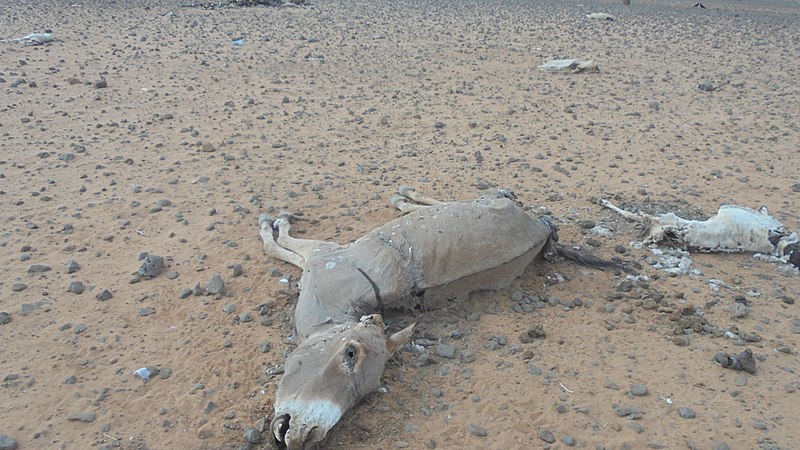The Reuters news service managed a genuine journalistic coup by getting an advance copy of a U.N. climate change report not due out until October. Given what the report says—it’s dire—and the fact that the climate isn’t going to stop changing while the report gets reviewed, somebody decided to get the ball rolling.
Reuters has so far chosen not to make the entire draft available. But from its reporting we can see already the contradictory thinking that remains a barrier to facing up to climate change, to wit:
Global warming is on course to exceed the most stringent goal set in the Paris agreement by around 2040, threatening economic growth…
This kind of thinking is so obviously inverted, and yet the inversion is entirely invisible to most people. While it may be true that global warming threatens economic growth, it is far more salient to say that economic growth threatens us with global warming.
There is a partial but perhaps unconscious recognition of this fact in the following from the Reuters story:
The report outlines one new scenario to stay below 1.5°C, for instance, in which technological innovations and changes in lifestyles could mean sharply lower energy demand by 2050 even with rising economic growth.
Generally speaking, changes in lifestyle on a scale necessary to bring about “sharply lower energy demand” would mean an end to economic growth. What is supposed to keep growth going in this scenario is, of course, technological innovation. While it is true that innovation can make energy production less carbon intensive, what it can’t do is prevent people from using more energy, especially if supply continues to grow and the price remains affordable. Energy efficiency generally makes energy cheaper even as the person being efficient saves money. Without caps on the absolute amount of energy we can all use, energy efficiency just leads to higher energy consumption. This is called the Jevons Paradox.
This doesn’t mean that being efficient is bad or a waste of time. Efficient economies use fewer resources than they otherwise would have. But efficiency alone will not stop rising energy demand and the carbon pollution that currently goes with it and will continue to go with it perhaps for decades to come.
So perhaps we can just count on the spread of low-carbon renewable energy to both increase energy availability and decarbonize energy production. In theory, that is what society is aiming for. In practice, we are off to a very, very slow start. As I pointed out in a previous piece, solar, wind, geothermal, wave, tidal, and ocean energy combined produced about 1.5 percent of the world’s total energy supply in 2015, according the International Energy Agency. Hydroelectric generation produced 2.5 percent. But hydro isn’t going to grow very fast from here because most of the best dam sites have been taken around the world. That means the other six are going to have to do almost all the heavy lifting.
My frequent complaint is that the possibility of simply using a lot less energy and a lot fewer resources isn’t ever seriously on the table for obvious political reasons. No politician is going run on a platform of less for everyone. And, pursuing such a strategy could easily condemn the world’s poor to poverty indefinitely.
But a climate-induced collapse of modern global networks would produce the same result and ensnare everyone in its downdraft. The runaway train that we call the global economy needs to slow down and then do the equivalent of idling or even moving backward if we are to face climate change seriously.
The political implications of an intentional strategy in this direction are huge. Only a society marked by generous redistribution and shared sacrifice could likely weather such a strategy intact. And, that’s why we continue talking about growing the economy and resolving climate change in the same breath, hoping that somehow we can avoid the choice.
But by avoiding the choice, we will simply have one imposed upon us that is likely to be chaotic and destructive in ways that will make the intentional strategy described above seem like a cakewalk.
Photo: “The impacts of the biting droughts during the dry spells resulting into the death of even the drought resilient animals” in Kenya 2017. By Sangonda. “African People at Work” via Wikimedia Commons. https://commons.wikimedia.org/wiki/File:DSC03220-DROUGHT_IMPACTS.jpg






